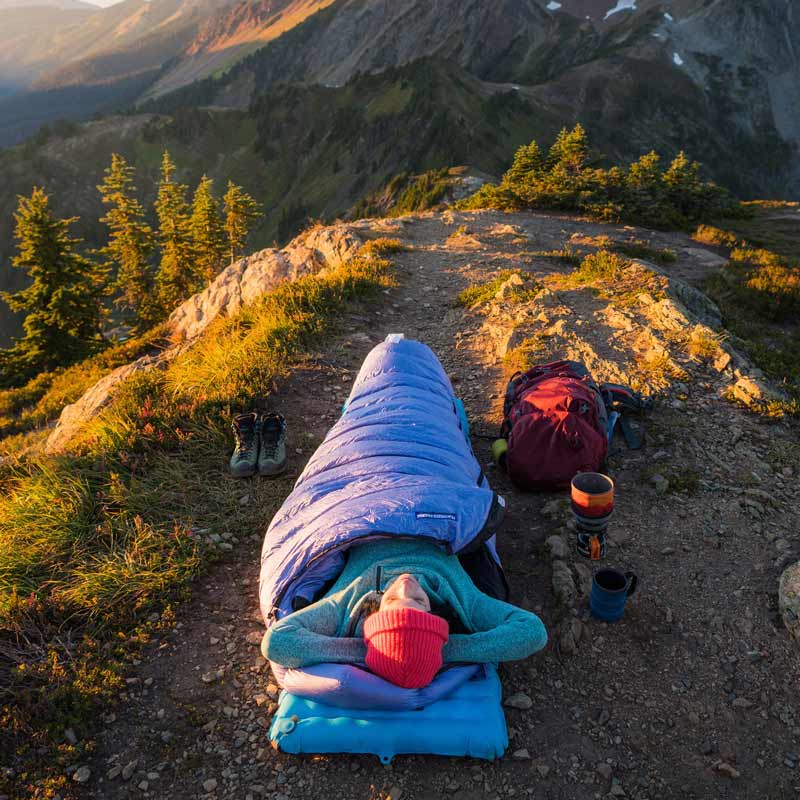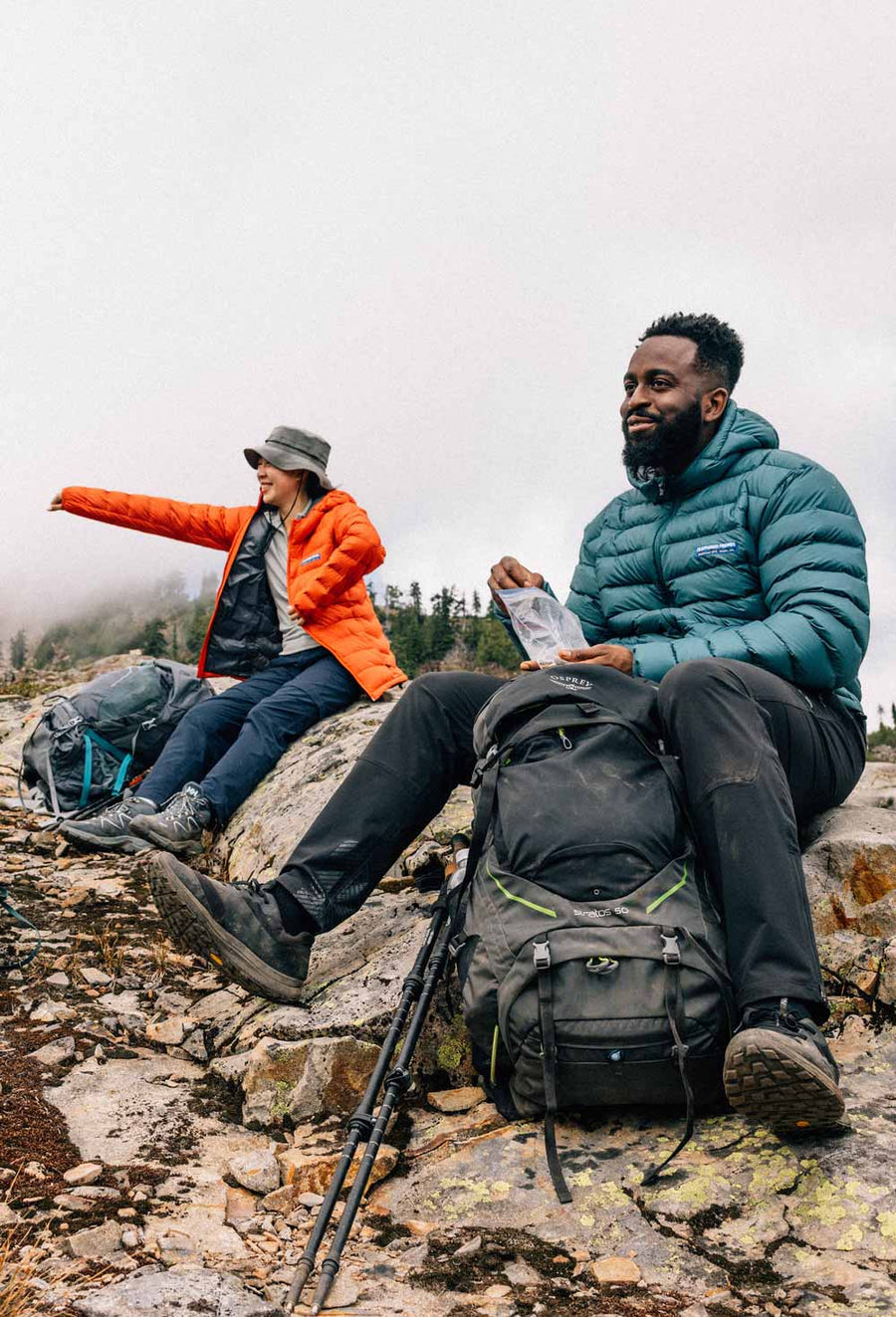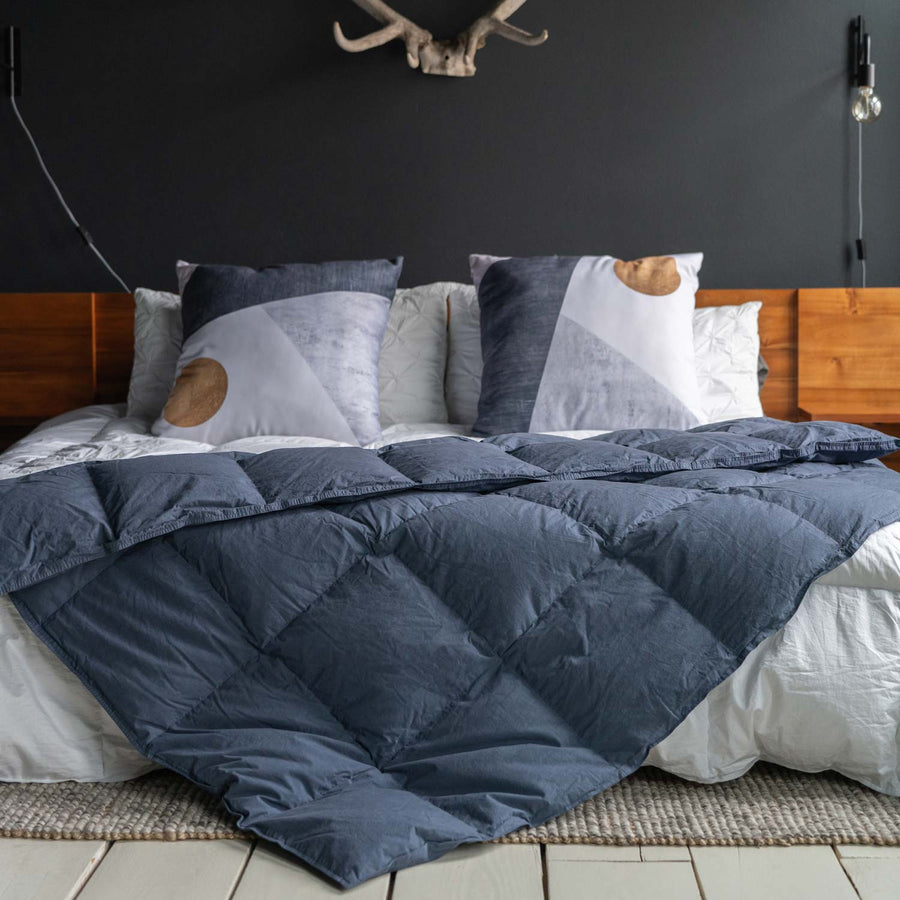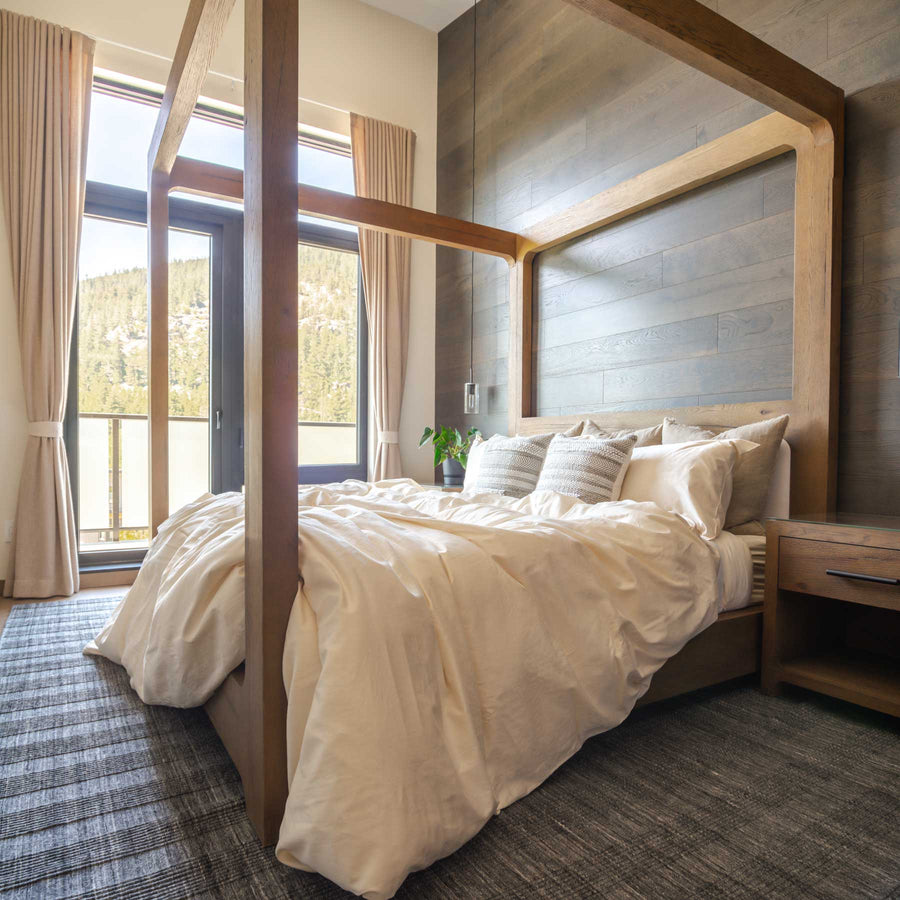Feathered Friends Blog
Do you have some big mountain goals for 2017? If so, it’s already the middle of February and summer mountaineering season (in the states) will be here before you know it. Time to begin training.
Here are a few tips to think about as you start getting out there.
As always, be sure to consult with your physician before beginning any new training program. This post is not a comprehensive training program, but hopefully gives you some ideas. Don’t forget to learn and practice the necessary technical skills as well!
Words and photographs by Claire Giordano.
1. Start early, and ramp up slowly.
Climbing a mountain (such as Rainier) takes not only strength, but also excellent endurance. One of the most common routes, Disappointment Cleaver, requires you to carry a heavy pack (usually around 40 pounds if guided, more if your group is self supported) all way way to basecamp at 10,000 feet. Then, that night or the next, you drop the weight at camp and go even higher in your attempt to reach the summit. The combination of elevation and exertion for hours causes a lot of stress on the body.
Winter is coming which means the door is open for many fantastic outdoor activities. If you’re just getting into winter sports it can be a bit intimidating to plan your adventure, so here is a basic list of items that will make you much more comfortable and safe along the way!
Words and Pictures by Meghan Young. Meghan is an avid outdoorswoman from Washington and a founder of the Pacific Northwest Outdoor Women’s Group. You can follow her adventures on instagram @missmeghanyoung.
Ten Essentials
The ten essentials are a must-have for backcountry travel during any season. In the winter this list becomes even more important due to the more severe temperature ranges. Online you will find a few versions of the list, but I like the one created by our friends at The Mountaineers the best.
1. Navigation (map and compass)
2. Sun Protection (sunscreen, hat, sunglasses, and clothing)
3. Insulation (always bring a variety of layers)
4. Illumination (headlamp/ flashlight AND extra batteries)
5. First aid supplies
6. Fire (butane lighter and waterproof matches)
7. Repair kit and tools
8. Nutrition (extra food for one additional day)
9. Hydration (extra water and a purification method)
10. Emergency shelter
A waterproof and windproof hardshell is the heart of my outdoor adventure kit. It is a piece of gear that goes on every single trip from a short day hike on my favorite local mountain to week-long backpacks in remote areas. Over the last year I searched for a new favorite hardshell, and I think I finally found it in the Arc’teryx Alpha SL.

At the end of September I took the jacket on a slew of day hikes and a multi-day backpacking trip. Fall hiking in Washington guarantees a mixed bag of weather, and we got a little bit of everything from rain to cold wind and sunshine. I was happy through it all in the Alpha SL.
The first thing I noticed about the jacket is how LIGHT it is. The women’s jacket (size M) clocked in at a pleasant 9.3 oz. This shaves significant ounces off the other jackets I usually carry, and I barely noticed the jacket while wearing it. The GORE-TEX® PacLite® fabric is not only light, but is less crinkly and compresses into a stuff sack that came with the jacket. Lightweight and packable, it was a no brainer to take it with me everyday.
This summer we released a kid’s version of our popular Flicker sleeping bag. Ben Popper invested in one for his son, and recounts why he chose the bag and what it was like on their first trip. Words and images by Ben Popper.

The Flicker changed my night’s sleep in the backcountry for the better. Feathered friends says it is filled with goose down. I’d argue it is full of magic unicorn hair and clouds. My Flicker started coming on our family backpacking trips this spring and almost immediately our five year old took a shining to it. I sleep with it as a blanket and a month ago in the Goat Rocks Wilderness after waking up, he crawled underneath it with me to reiterate how “soft and warm” it is. His words not mine, I swear. His bag is good enough, but even compressed it was larger than his torso and takes up nearly half of my 65l pack. He’d made it through the summer without any of the dreaded backcountry overnight “accidents” so I pitched the idea of the new kids Flicker to my partner and then him. Purple like mom’s or blue like dad’s? Purple. We looked at the options available and surprisingly there are not many kids down bags available. It was decided we get out enough with him that it would be worth it. Being local to Seattle, I gave the store a call.
Two members of the Feathered Friends staff recently welcomed new additions to their families, so we are sharing a blog post written by the Washington Trails youth Programs Director Krista Dooley about hiking with a new baby (originally published on WTA’s awesome Signpost Blog). Kris shares what it was like to recuperate from birth, and how hiking has changed for her and her husband now that they’re sharing the trail with a third little hiker.

While I was pregnant my husband and I dreamed of being an outdoorsy family. We talked about the outdoor adventures we wanted to share with our new baby, and how we would do monthly family outdoor adventures. We’d start with hikes, then go camping, fishing and more adventurous outings.
We each have our preferred activities. I like to hike, backpack, camp, run, and bike, while my husband enjoys rock climbing and mountaineering. We share a love of fly fishing. I’ve seen many families on trail and always imagined the day I would hike with my own child and how amazing those shared outdoor experiences would shape her view of the world.









